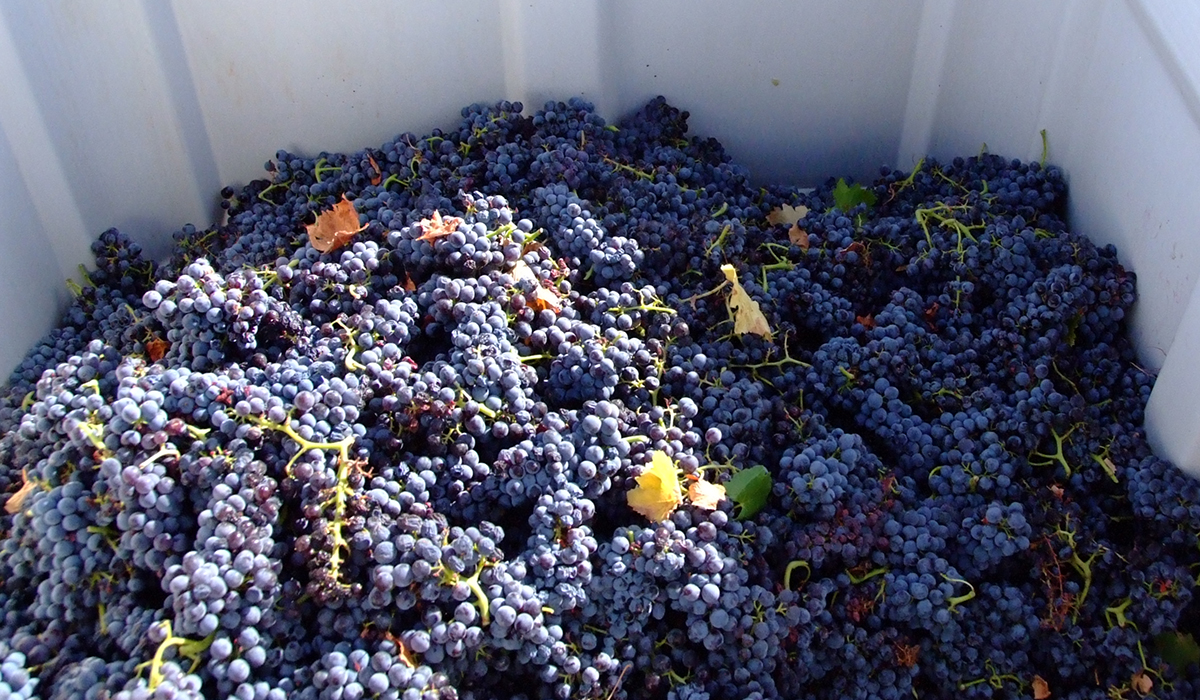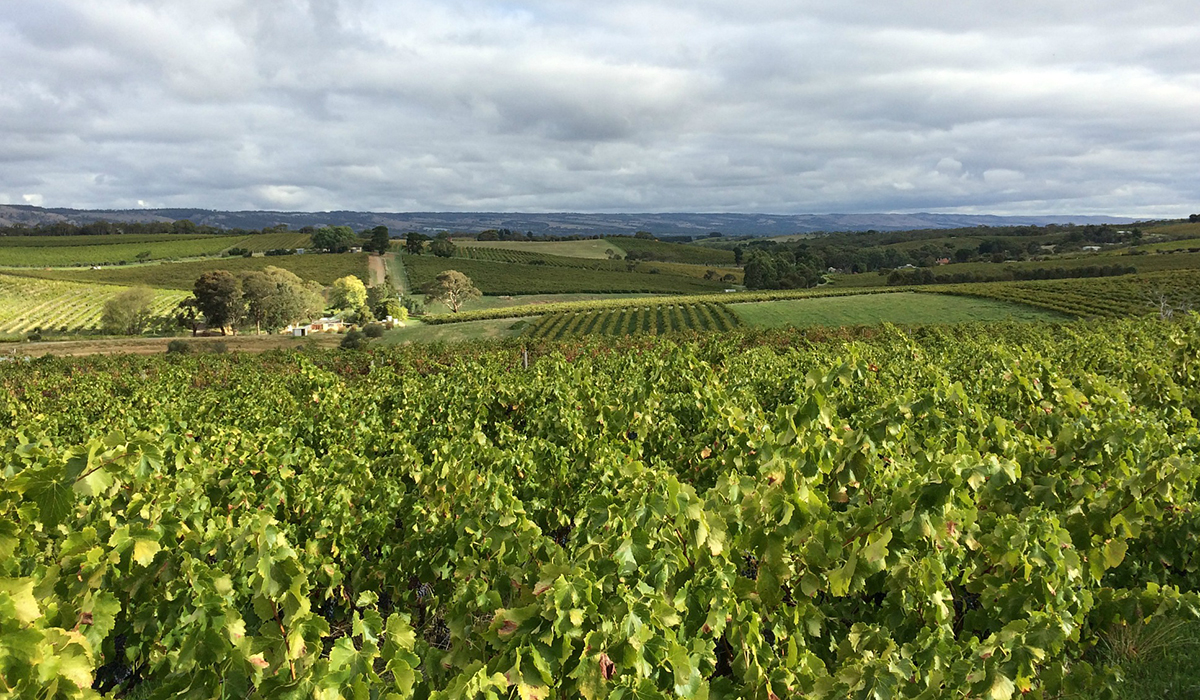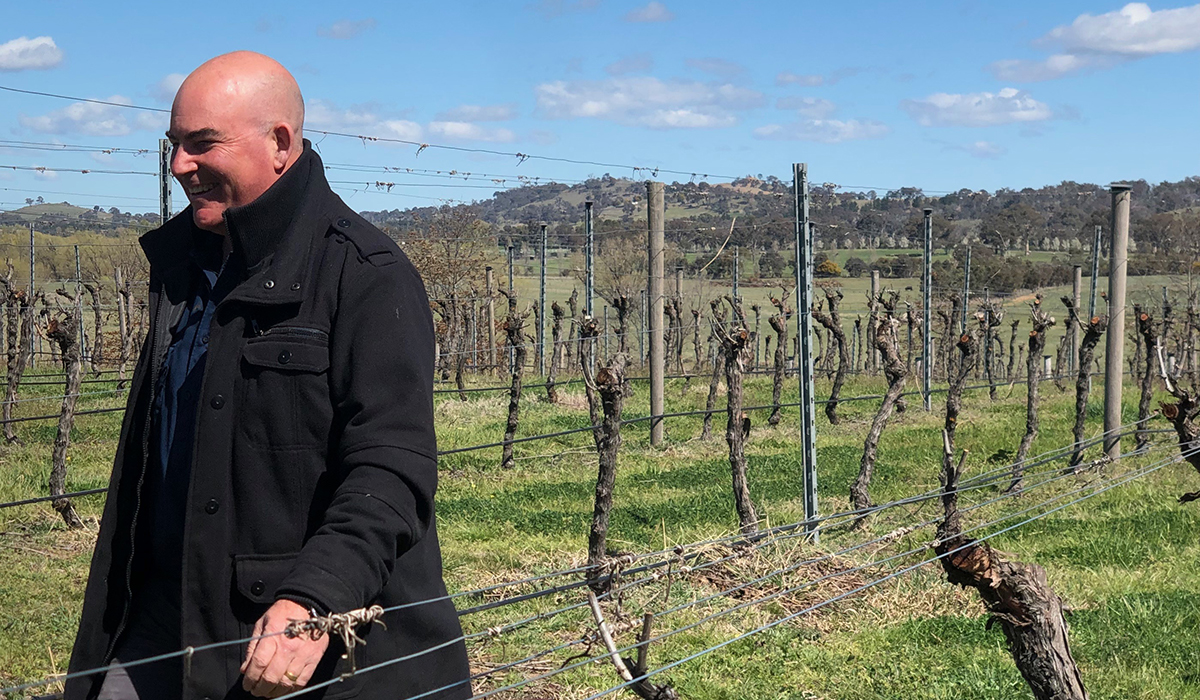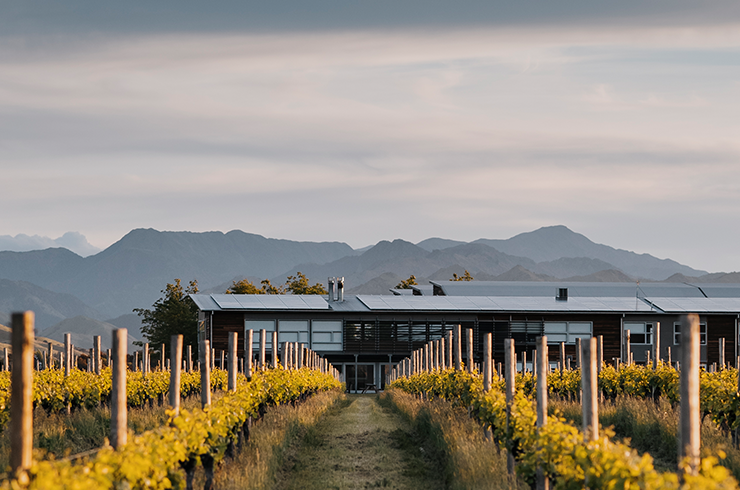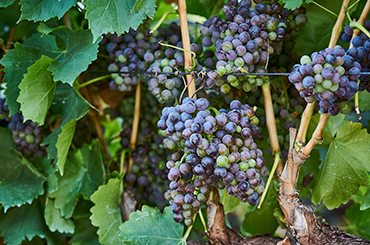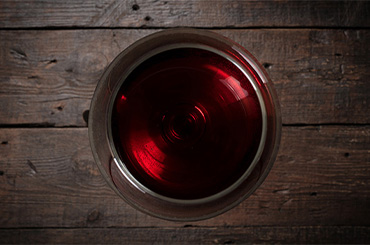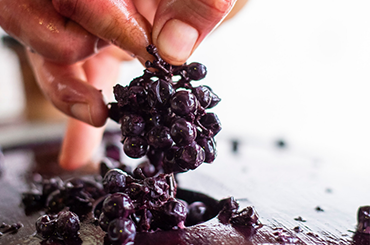What's old for one of Australia’s pioneer grape varieties is, excitingly, new again. Grenache has been flourishing in our soils since the 1840s, a workhorse in our fortified wine business for more than a century. Then, in the 1960s, in a rapidly changing world, it found a glimmer of encouragement in a new era of homegrown table wines.
Often it was in moral support for its better-known colleague, shiraz – witness the likes of d’Arenberg’s d’Arry’s Original, a rustic blend of those two grapes out of McLaren Vale, which, when first released in the late 1960s, was labelled as Burgundy.
It’s no surprise that grenache navigated its contemporary pathway in the heartland regions of the Barossa Valley, McLaren Vale and, to a lesser extent, Clare Valley, where so-called “ancestor” vines date back to those 19th-century plantings. The survival of those vineyards offers not only inspiration, but also a priceless source for winemakers today as they tap into a resurgence of interest in the variety. This is seen in straight grenache wines and in blends, mostly with shiraz and mourvedre (AKA mataro), as well as being an important player in the popularity of rosé.

The survival of those vineyards offers not only inspiration, but also a priceless source for winemakers today as they tap into a resurgence of interest in the variety.
Grenache, however, is a tiny player in the larger scheme of the total Australian vineyard. In the latest published Australian Bureau of Statistics national vineyard survey, conducted in 2015, grenache makes up just 1.1 per cent of the total area planted to grape vines, and 1.7 per cent of red varieties. That area will have grown, yet in the 2019 national vintage survey, grenache registered just 0.7 per cent of the total wine grape crush, and 1.3 per cent of the red crush. In other words, there is a lot of noise surrounding an extremely niche variety.
Many winemakers in the grenache game will reel off their observations as to the growing demand: Australian wine drinkers are more educated and adventurous than ever; our multicultural cuisine suits more supple reds rather than traditional fuller-bodied varieties; earlier-drinking styles fit well in wine bars; and the success of rosé, often grenache-driven, as well as pinot noir in creating a taste for lighter to medium-bodied wines have all led to a reinvigorated demand.
The Barossa and McLaren Vale were already geared to respond to the rise in popularity given their respective established 17 and 18 per cent of the country’s total plantings. Each, by the way, sits way below the Riverland’s 45 per cent of the national vineyard, with most of that going into boxed and cheap bottled tawnies.
Both regions had the homeground advantage of also hosting grenache’s best buddies, shiraz and mourvedre, which prompted an early adoption of GSM blends that have since built a distinct Australian-own reflection of more internationally recognised southern Rhone Valley red wines.
Behind the Barossa
Barossa legend Charlie Melton was among the pioneers of the GSM blend in the late 1980s with his famed Nine Popes, which set a regional tone for a fuller-bodied and richer iteration of the style, which he defends to this day. But he also recognises grenache offers a far wider range of designs.

“There are probably two schools at the moment,” Charlie says. “You have the young grenache thing – and I’m not being disparaging – with tutti-fruity primary fruits and lots of whole bunch, and there is the school I fall into – an older style, the weightier, the spicy rather than fruity. Both have legitimacy. The highly fragrant, mid-weight grenache is a genuine style and market segment, while the bigger-structured, spicier, fuller grenache style is definitely us.”
Like others in the region, Charles Melton Wines now also makes a straight grenache, which Charlie says was driven by a younger demographic demanding more medium-bodied styling.
Simon Cowham and Corey Ryan of Sons of Eden in the Barossa have been making their classic Kennedy GSM blend for 20 years. Simon says that while the three varieties tell a complete story of the varieties in their region, grenache is the soul of the wine. “Our approach is to showcase the bright aromatics and sweet, juicy and generous grenache characters, then blend in shiraz to add flesh to the palate, with the mourvedre as the last piece of the jigsaw puzzle to build in structure and length of palate, and book-end the wine with some savoury notes,” he says.
While Simon and Corey celebrate the layers of flavour and generosity in this blend, they are also about to release a straight grenache from the 2020 vintage. “The wine show system and the market are rewarding wines that are lighter on their feet, with more aromatics and probably not as dense on the palate,” Simon says. “The point is, the Barossa is not locked into just one particular style – we can make different versions, and grenache lends itself to that.”
Just-harvested grenache grapes at Sons of Eden in the Barossa.
Grenache in the Vale
As a generalisation, McLaren Vale has embraced a more contemporary take on grenache, with the likes of Stephen Pannell from SC Pannell, Pete Fraser from Yangarra and Rob Mack from Aphelion Wine garnering huge support for their focus on single-site expressions. “I believe it is the variety that best speaks of place in our warm climate by the sea,” Steve says. And he firmly believes McLaren Vale grenache has a place in the line-up of the world’s great varietal wines.
Yangarra’s Peter Fraser agrees that grenache, along with pinot noir and nebbiolo, all have the ability to express their terroir more than other red varieties. “We are in an amazing place in the world – there are very few vineyards that can deliver world-class wine that’s compelling as a single-varietal grenache,” Pete says. “That’s one of the biggest things we can hang our hat on.”
His two elite grenache iterations, High Sands and Ovitelli, are from adjacent blocks and treated differently to accentuate their differences, while a preservative-free grenache and a noir blend takes GSM thinking to the next level with the addition of other Rhone-origin varieties including cinsault, carignan and counoise, with more to be added to the mix in coming years.
Rob Mack at Aphelion Wine makes variations ranging from a crunchy, early-picked tickler through to single-vineyard versions, pure fruit, whole berry and whole-bunch styles, and The Confluence, which combines many of those elements to show off the lot.
Aphelion Wine works with the Brini grenache vineyard in McLaren Vale.
“I was drawn to grenache because of all the things we could do with it, and play with it, as long as we were sensitive about how we treated it,” Rob says. “We could introduce a load of things and that appealed to my creative side.”
Rob believes the next chapter in Australian grenache is about representing its finer side – more one-off single bottlings, things that jump out in various seasons, and single barrels or puncheons that that are unique.
Beyond South Australia
Grenache is expanding into a wider spread of regions. Clare Valley has a history already, while Victoria’s Heathcote is now showcased in a new range from De Bortoli – modern-design blanc, rosé and red wines called Grenache Wizardry. “For us, it ticks a lot of boxes,” says winemaker Steve Webber. “We’ll be needing to look at more varieties that best suit our various warming climates, and the traditional varieties we’ve planted may not necessarily work for us in the next 25 years.”
Steve believes shiraz in warmer regions often lacks any perfume or charm, while grenache ripens later, with that extra time making an enormous difference in the aromatics and fruit characteristics, rather than just straight “ripe” characters. The winemaking – hand-picked fruit, carbonic maceration, a proportion of whole bunches, around two weeks on skins to extract sufficient tannin and colour, and very little new oak – is designed to create a fragrant, lighter to medium-bodied style.
With new grenache plantings in Heathcote, Steve says they are trying to find the best vineyards, create the best from them, and learn how to best treat it in the winery. “Give us another 10 years, and we’ll have a bit more of a handle on it,” he says.
It’s a similar story in other new grenache territories, from the NSW Hilltops region where Moppity Vineyards Grenache Shiraz is turning heads, to the south-west of Western Australia where Willow Bridge in Geographe and Swinney in Frankland River are committed to it; the latter’s bush-vine vineyard attracting “Grand Cru” level critiques from leading observers.
Jason Brown of Moppity Vineyards makes a cooler-climate grenache that's turning heads.
Moppity’s Jason Brown has realised his cooler-climate grenache is different to other styles, offering a defined and medium-bodied, fragrant, spicy and savoury wine. It as brought many winemakers knocking on his door for access to the same fruit. “Grenache right in the box seat, delivering a lot of what wine drinkers have come to know and love in plush Aussie shiraz, but it’s medium weight, a bit more restrained, and with the elegance that wine drinkers are increasingly looking for,” Jason says.
Not surprisingly, even though grenache is a tiny volume player, larger producers are recognising its demand and that it is also a strong value-growth proposition. Clare Valley’s Taylors Wines has added a bi-regional McLaren Vale-Barossa grenache to their Jaraman range, while Treasury-owned Pepperjack has done the same, both recognising that grenache is well suited to meet evolving wine tastes.
